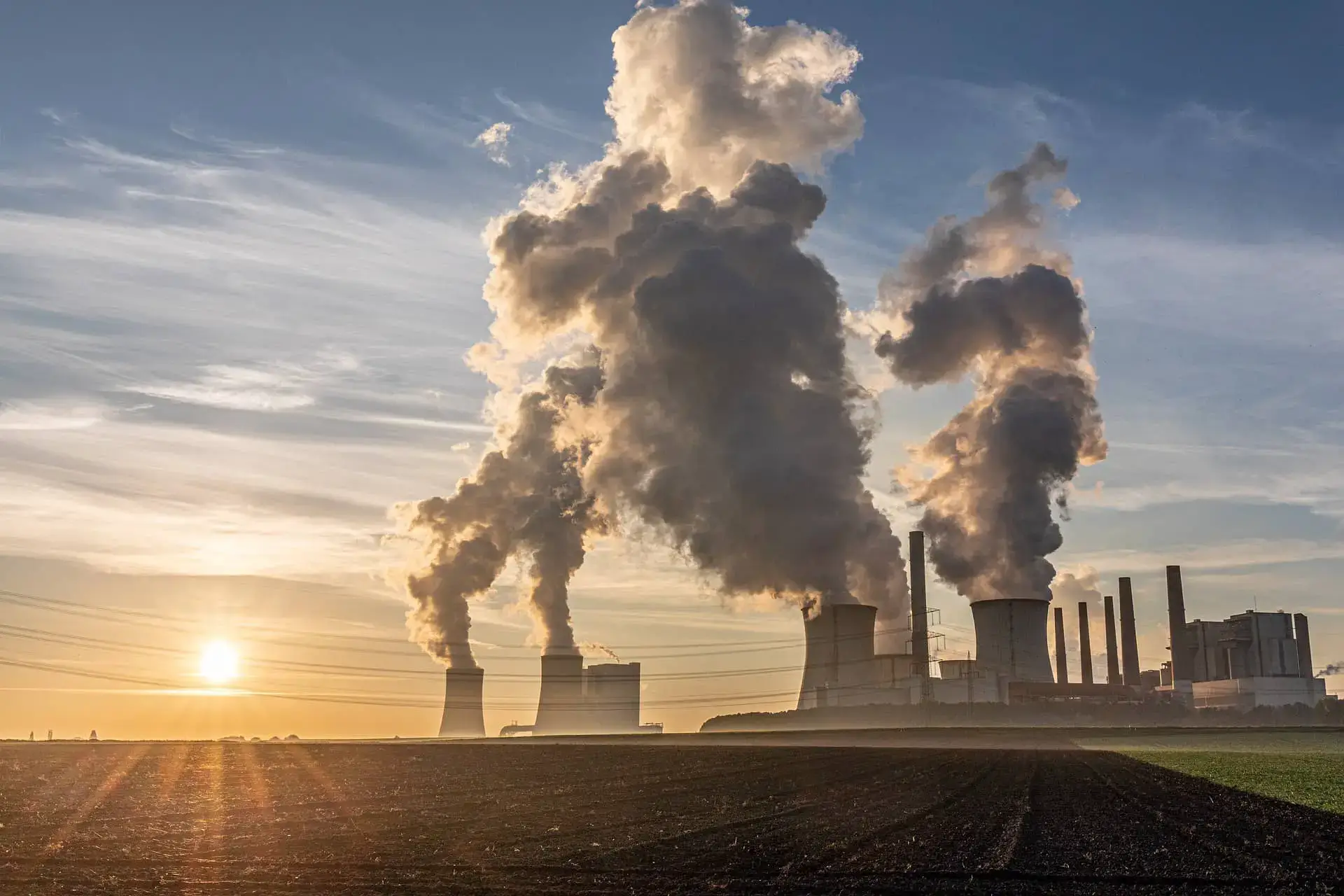Air Pollution Control Market to Experience Significant Growth, Driven by Rapid Industrial Development
The air pollution control market is set to witness substantial growth, with a projected increase of USD 40.55 billion from 2022 to 2027, at a CAGR of over 7.25%. Industrial development, characterized by the rise in industrial activities worldwide, is a key driver for the global market’s expansion.
Industries often release air pollutants, including greenhouse gases (GHGs), through the combustion of fossil fuels.
The emission of carbon dioxide (CO2) from factory operations contributes significantly to GHG emissions, posing severe environmental and health risks.
Additionally, industrial air conditioning systems emit toxic gases that deplete the ozone layer in the stratosphere. Essential for protecting against harmful ultraviolet radiation.
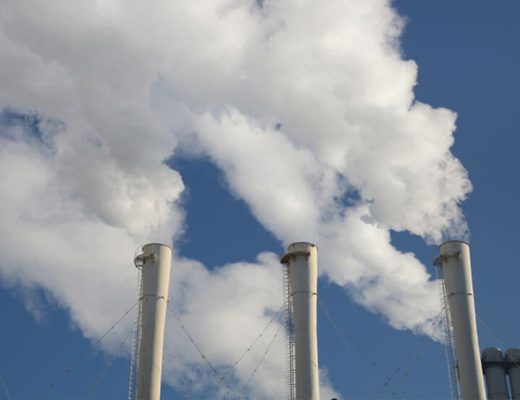
With countries like China and India accounting for significant CO2 emissions in Asia. Stringent emission control regulations and increasing GHG emissions from industries will drive market growth during the forecast period.
The flourishing market for flue gas desulfurization (FGD) gypsum is expected to fuel the growth of the global air pollution control market. FGD gypsum, a synthetic gypsum derived from FGD systems, finds application in agriculture, construction, mining, and water treatment.
In agriculture, FGD gypsum is use to provide necessary nutrients. Such as sulfur and calcium to plants, while also improving soil aggregation and water infiltration.
The increasing construction and cement industries, along with infrastructure projects in developing countries.
Have led to a growing demand for FGD gypsum. Consequently, the demand for FGD systems will rise, driving market growth in the forecast period.
You may also like: Wind Power Surpasses Gas as Main Source of UK Electricity
Air Pollution Control Market Segmentation: End-Users, Products, and Geographical Analysis
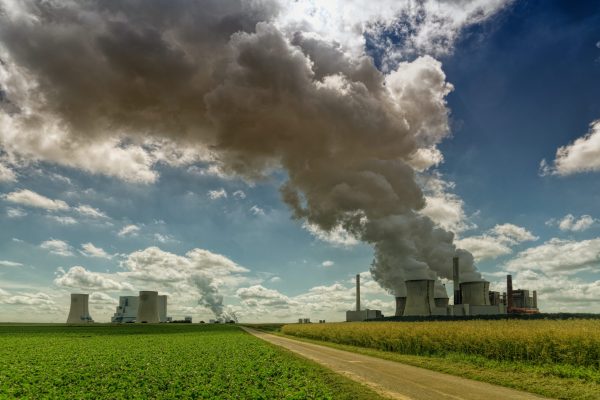
The report provides a comprehensive analysis of the air pollution control market through segmentation based on end-users (power, industries, and others), products (scrubbers, catalyst converters, and others), and geography (APAC, North America, Europe, Middle East and Africa, and South America).
The power segment, encompassing air pollution control equipment used in thermal power plants and gas turbines, is projected to witness significant growth during the forecast period.
The reliance on coal for power generation, particularly in countries like China and India, contributes to the release of toxic air pollutants and GHGs.
However, the adoption of clean energy sources is expect to decrease the share of coal-fired power. Resulting in reduced emissions and the need for air pollution control equipment in these facilities. Consequently, the power segment is expect to experience moderate growth in the global air pollution control market.
What are Air Pollution Control Devices?
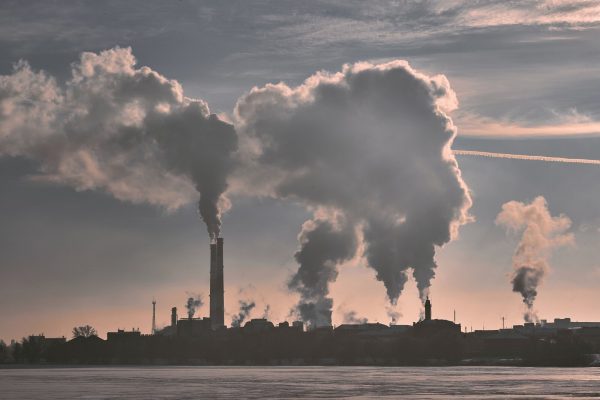
Air pollution control devices are technologies that have been designed to minimize or eliminate the release of emissions, into the atmosphere. These devices play a role in industries and power generation by reducing the environmental impact caused by these emissions. Some common types of air pollution control devices include;
- Electrostatic Precipitators; These devices utilize charges to remove particles from exhaust gases.
- Scrubbers; By spraying a liquid scrubbers work to wash away pollutants from a gas stream.
- Cyclones; Using force cyclones particulates from gaseous emissions.
- Filters; They employ barriers, such, as fabric filters to capture pollutants.
- Catalytic Converters; Catalytic converters are primarily used in vehicles to decrease exhaust emissions.
Each of these devices is specifically designed to target types of pollutants. Is chosen based on the specific nature of the emission source.
Can Air Pollution Occur Indoors?
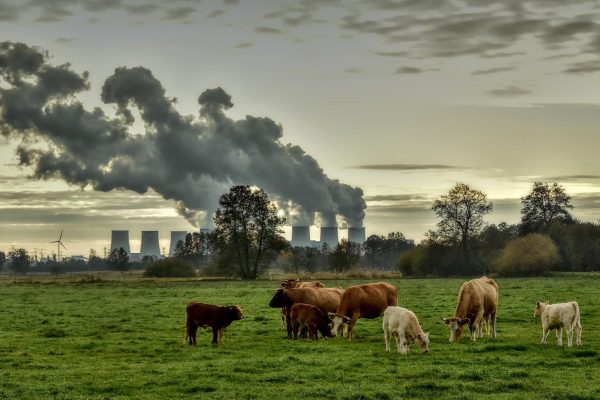
Yes indoor air pollution is definitely a concern when it comes to our health. There are sources that contribute to air pollution including;
- Combustion Sources; When we burn fuels for cooking or heating it releases carbon monoxide and particulate matter which can be harmful, to our health.
- Building Materials; Some paints, solvents and cleaners used in construction emit compounds (VOCs) that can negatively affect indoor air quality.
- Mold and Pollen; If not properly addressed mold and pollen can accumulate indoors. Lead to reactions and respiratory problems.
- Tobacco Smoke; The chemicals present in tobacco smoke have an impact on the quality of air.
- Radon Gas; This radioactive gas occurs naturally. Can seep into buildings from the ground posing a risk to our health.
To minimize air pollution it is important to ensure ventilation in our living spaces. Regular cleaning helps reduce the buildup of pollutants. Additionally using air purifiers can be beneficial in filtering out particles, from the air we breathe.




